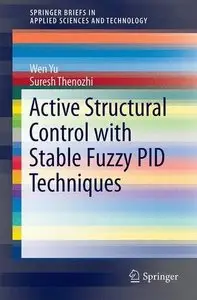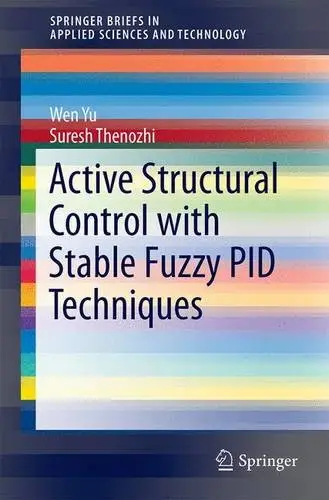Active Structural Control with Stable Fuzzy PID Techniques
Springer | Control Engineering | January 08, 2016 | ISBN-10: 3319280244 | 124 pages | pdf | 5.6 mb
Springer | Control Engineering | January 08, 2016 | ISBN-10: 3319280244 | 124 pages | pdf | 5.6 mb
Authors: Yu, Wen, Thenozhi, Suresh
Promotes the use of active vibration control for damage reduction and safety in civil engineering of buildings
Compares industrial proportional-integral-derivative (PID) methods with those of fuzzy compensation
Provides results from previously unsolved problems
This book presents a detailed discussion of intelligent techniques to measure the displacement of buildings when they are subjected to vibration. It shows how these techniques are used to control active devices that can reduce vibration 60–80% more effectively than widely used passive anti-seismic systems.
After introducing various structural control devices and building-modeling and active structural control methods, the authors propose offset cancellation and high-pass filtering techniques to solve some common problems of building-displacement measurement using accelerometers. The most popular control algorithms in industrial settings, PD/PID controllers, are then analyzed and then combined with fuzzy compensation. The stability of this combination is proven with standard weight-training algorithms. These conditions provide explicit methods for selecting PD/PID controllers. Finally, fuzzy-logic and sliding-mode control are applied to the control of wind-induced vibration. The methods described are supported by reports of experimental studies on a two-story building prototype.
This book is a valuable resource for academic researchers interested in the effects of control and mechatronic devices within buildings, or those studying the principles of vibration reduction. Practicing engineers working on the design and construction of any sort of high-rise or vulnerable building and concerned with the effects of either wind or seismic disturbances benefit from the efficacy of the methods proposed.
Number of Illustrations and Tables
70 illus., 18 in colour
Topics
Control
Building Construction, HVAC, Refrigeration
Computational Intelligence
Vibration, Dynamical Systems, Control
More info and Hardcover at Springer
Purchase a Premium account here to Donate & Support :)



